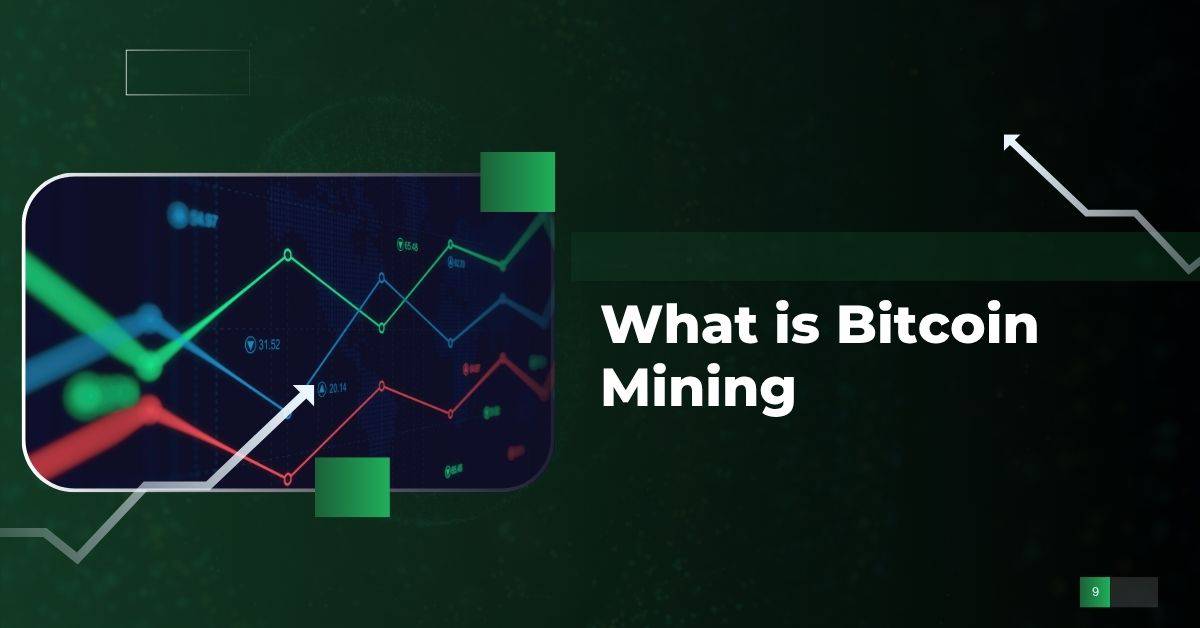One of the biggest reasons why Bitcoin stands out among other currencies is the process of mining. It involves validating Bitcoin transactions and adding them to a public digital ledger called blockchain. But that’s not it. Bitcoin mining is a complex process, requiring robust knowledge of computational programs. Let’s take a closer look at Bitcoin mining, its history, and how it works.
How Does Bitcoin Mining Work?
To understand Bitcoin mining, you need to first understand what is Bitcoin. Developed in 2009 by an anonymous developer or a group of developers under the pseudonym Satoshi Nakamoto, Bitcoin is the world’s largest digital currency. It works on a decentralised system, which means governments, central banks, or financial institutions can’t control the network.
Bitcoin mining is the process of validating new transactions (known as blocks) to the shared transaction record, known as the blockchain. Think of Bitcoin mining as a competition, where each user is racing to generate a cryptographic solution that matches specific criteria. Miners must find a cryptographic number that is equal to or less than a number set by the Bitcoin algorithm network.
The first miner who finds the solution gets to add a block to the blockchain and receives the award of 3.125 BTC. The Bitcoin reward is halved roughly every four years (every 210,000 blocks). On January 3, 2009, Satoshi Nakamoto mined the first Bitcoin block (Genesis Block), receiving 50 Bitcoins. As of April 2024, the reward has been brought down to 3.125 BTC.
The Evolution of Bitcoin Mining
Bitcoin mining heavily depends on sequential guesswork. Therefore, arriving at the correct answer or coming close to it depends on your device’s speed. Getting your hands on high-speed processors might not be a problem nowadays, but it certainly was in the early days of Bitcoin Mining. Here’s a brief breakdown of how Bitcoin mining has evolved over the years:
The Early Days
When Bitcoin first came into existence in 2009, personal computers with ordinary CPUs dominated the mining process. However, as the blockchain network increased the algorithm’s difficulty, personal computers started taking longer to develop cryptographic numbers. If Bitcoin experts hadn’t started using more sophisticated programs, it would have taken them several hundred thousand years to produce a valid block.
GPU Mining
With the advent of technology, miners started using graphics processing units (GPUs) as an alternative. However, since GPUs were not primarily designed for mining, they consumed a lot more power than expected. Moreover, the prices of GPUs skyrocketed.
ASIC Mining
After GPUs, the era of custom mining programs called Application-Specific Integrated Circuit (ASIC) began. As mining became more competitive, even ASIC machines started to fall short of the tasks at hand.
Also read, Be1Crypto.com Markets: Real-Time Crypto Data & Trading
When Will the Last Bitcoin Be Mined?
Unlike fiat currencies, Bitcoin is in scarce supply. The maximum supply cap is 21 million coins. Therefore, the Bitcoin mining process will continue until all 21 million coins have been mined. This is expected to happen by 2140. After that, the Bitcoin mining process will cease to exist.
